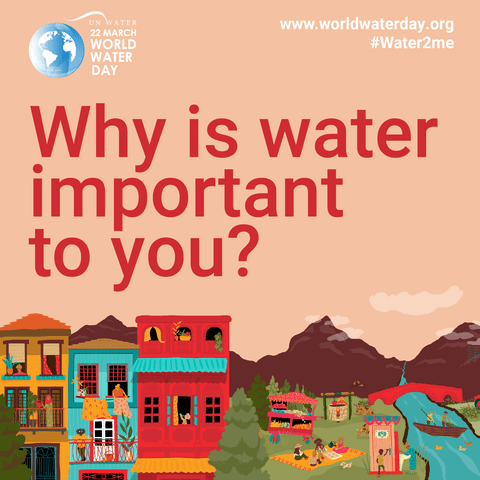“What is the global value of water?” Roy Brouwer contributes to an article in El País in Spain on World Water Day
Is it possible to calculate the value of water in all its dimensions?
Roy Brouwer, Executive Director of the Water Institute at the University of Waterloo (UW) in Canada, adds: “Unfortunately, there are no studies that estimate a single constant global value in dollars or euros, since it depends on scarcity conditions, that vary around the world, the season (in summer it rises due to lower availability and in winter it decreases), pollution and excessive consumption."


